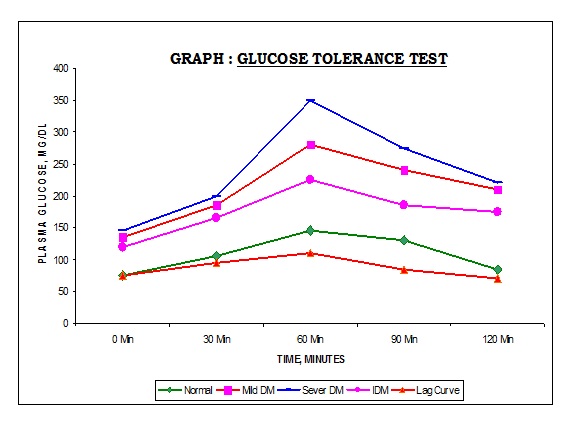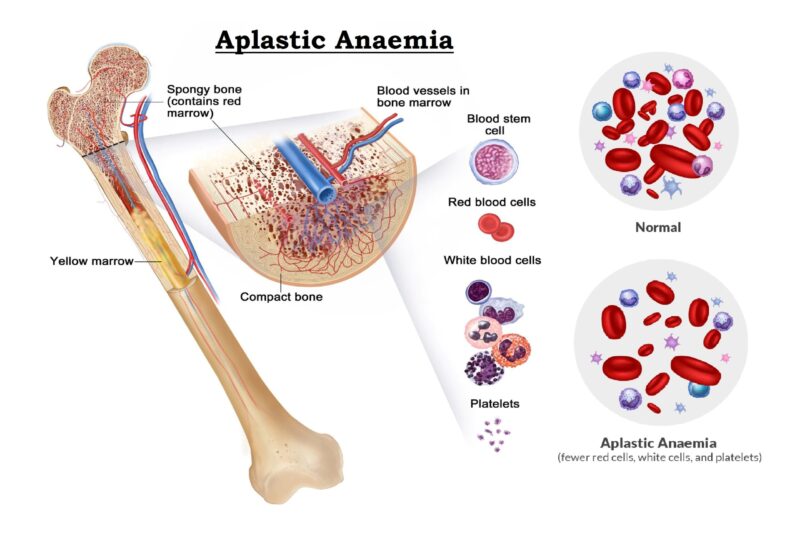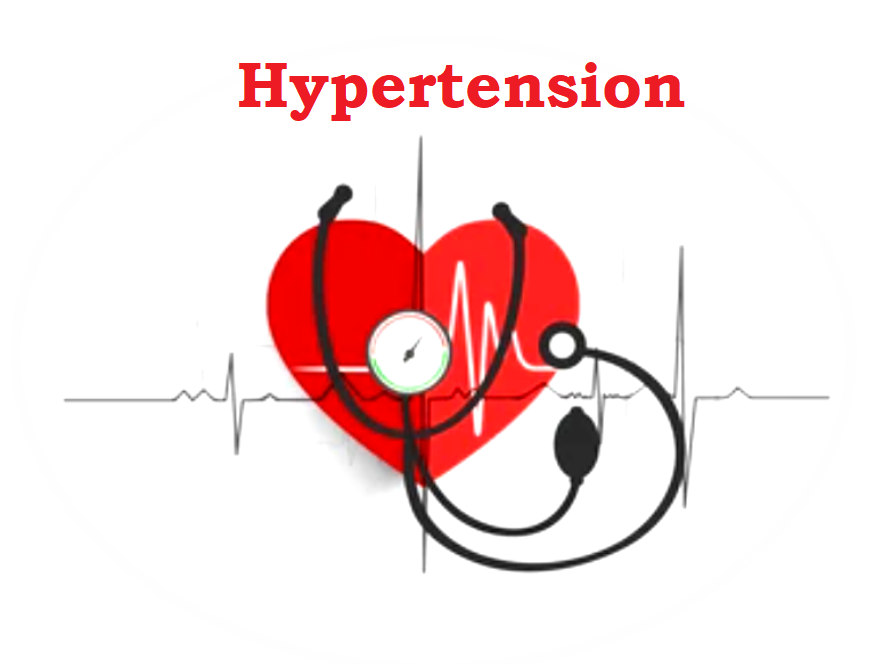Glucose Tolerance Test (GTT) : Significance, Indication & Contraindication, Patient preparation, Determination & Interpretation
Glucose Tolerance means ability of the body to utilize glucose in the blood circulation. This is a well standardized test and is highly useful for the diagnosis of Type-II Diabetes Mellitus in doubtful cases.
This test is also called Oral Glucose Tolerance Test (OGTT) as glucose is given orally. Alternatively, the test can also be done by injecting 25 gm of glucose intravenously and is then called Intravenous Glucose Tolerance test (IGTT).
Indication of GTT
- Patient with symptoms suggest of diabetes mellitus but fasting glucose level is inconclusive.
- During pregnancy excessive weight gaining in noticed with the past history of big baby above 4.0 Kg or the past history of miscarriage.
- To rule-out benign renal glycosuria.
Contra-indication of GTT
It should not be done in a person with confirmed Diabetes mellitus patients that is Fasting blood glucose level more than 126 – 140 mg/dl and Postprandial glucose level more than 200 mg/dl.
Clinical Significance
In normal person, the fasting plasma glucose level is 70 – 110 mg/dl. Following glucose ingestion, the level rises and reaches the peak with in half or one hour. The plasma glucose level then returns rapidly to the fasting normal level at 2½ hours. This is due to the secretion of insulin in response to the elevation of blood glucose. None of the urine sample shows any evidence of glucose.
Diminished glucose tolerance is present when ability of the body to utilize glucose decreases. It is observed in diabetes mellitus. The rise in plasma glucose is greater than the normal persons and return to plasma glucose after 2½ hours is delayed. Similar curve also observed in case of hyper activities of thyroid, pituitary and adrenals, injection of adrenocorticotropic hormone, increased secretion of Growth hormone, severe liver diseases, severe infection etc.
Lag type of tolerance curve observed, when temporary greater increase of plasma glucose after ingestion of glucose is due to delay insulin mechanism action. This is due to increase absorption of glucose from the intestine or delay in the insulin mechanism coming into action. This may occur following period deficient of carbohydrate intake and also a patient after gastractomy, peptic ulcer, hyperthyroidism and hepatic disease etc. In case of alimentary Diabetes mellitus transient glycosuria may occur.
Increase glucose tolerance that is the ability of the body to utilize the glucose is increase. This is observed in case of hypo activity of thyroid, pituitary and adrenals. Some time, the fasting blood glucose level goes to below normal limit. Similar GTT curve observe in patient with idiopathic steatorrhoea.
Preparation of patients
- The patient should be on balanced diet (containing normal daily requirement of carbohydrates) at least for 2 – 3 days prior to the test.
- All drugs known to influence carbohydrate metabolism should be discontinued for at least 2 days prior to the test.
- The patients should avoid strenuous exercise on the previous day of the test.
- The patient should report to the laboratory after fasting for 12 – 16 hours. He/She can drink water.
- He/She should bring fasting midstream urine sample collected in a clean and dry container.
- During the course of GTT, the person should be comfortably seated and should abstaining smoking and exercise.
- The patient should be waiting in the laboratory for at least 2 – 3 hours, since five blood sample and urine sample are collected at the interval of 30 minutes.
Procedure of GTT
Glucose tolerance test should be conducted preferably in the morning (ideal time : 9 am –11 am).
- Collected fasting blood sample and also morning midstream urine specimen (called ‘O’ hour sample).
- Given 75 -100 mg of anhydrous glucose (1.75 gm/Kg weight) dissolved in 250-300 ml of water to the patient and told the patient to drink slowly with in about 5 minutes. Note the time.
- Collected four more blood sample at the 30 minutes intervals for two hours after the glucose has been taken.
- Four urine samples are collected after the collection of each blood samples (if the patient unable to give four urine samples, collected at least two urine samples at the one hour interval)
- Glucose is estimated in all the blood samples and urine samples are tested for glucose qualitatively by using suitable methods.
- Prepared a GTT curve by plotting Time on X-axis and Plasma glucose on Y-axis and give the result according to the GTT curve.
Interpretation of GTT
The graphic representation of the GTT result is depicted in the fig. GTT curve.
Normal response
In normal person the fasting plasma glucose level is 70 – 110 mg/dl. Following glucose ingestion, the level rises and reaches the peak with in half or one hour. The plasma glucose level then returns rapidly to the fasting normal level at 2½ hours. This is due to the secretion of insulin in response to the elevation of blood glucose. None of the urine sample shows any evidence of glucose.
In Diabetes Mellitus
- The fasting plasma glucose level is > 126 mg/dl.
- Or 2 hours post glucose value is >200 mg/dl.
- Or both fasting and 2 hour’s values are above this level.
- Or the random plasma glucose is >200mg/dl.
This is due to deficiency of insulin or others causes such as hyperthyroidism, hyperpituitarism, hyper activity of adrenals, liver diseases etc.
Impaired Glucose Tolerance
In case of Impair Glucose Tolerance (IGT), the plasma glucose level is above normal level and below the diabetic level.
Fasting glucose level : 110 – 126 mg/dl
Post Prandial glucose level : 140 – 200 mg/dl
Such person leads careful follow up because the persons slowly develop frank diabetes at an estimated rate of 2% per year. Dietary restriction and exercise are recommended for the treatment of impaired glucose tolerance.
Gestational Diabetes Mellitus
When carbohydrate intolerance is noticed for a first time during pregnancy this is known as Gestational Diabetes mellitus (GDM). Here, fasting glucose level is >126 gm/dl and they are more susceptible for development of frank diabetes mellitus.

Interpretation of GTT : Time vs Plasma glucose level
Alimentary Diabetes Mellitus
Here, Fasting and Post prandial plasma glucose level are normal but glucose level rapidly increase after ingestion of glucose and it may be reach up to renal threshold and afterwards returns to normal limit at 2 hrs. This is due to increase absorption of glucose from the intestine or delay in the insulin mechanism coming into action. This may occur following period deficient of carbohydrate intake and also a patient after gastractomy, peptic ulcer, hyperthyroidism and hepatic disease etc. In case of alimentary Diabetes mellitus transient glycosuria may occur.
Flat GTT curve
In case of Flat GTT curve, the peak level is usual much lower than the normal GTT curve. This is due to malabsorption, hypopituitarism and hypothyroidism etc.
Renal Glycosuria
Renal glycosuria is due to lower renal threshold. Renal threshold in some persons may be lowered (may be 130 – 150 mg/dl), so that after taking of glucose (or after a rich carbohydrate meal) when normal glucose level reached in peak (up to 130 – 150 mg/dl) temporary glycosuria may take place but the GTT curve is normal. This is observed due to some abnormality in the tubular re-absorption of glucose.





I don’t even know the way I finished up here, but I believed this post was once great.
I don’t know who you’re but definitely you’re going to
a famous blogger for those who aren’t already.
Cheers!
Your website has exceptional material. I bookmarked the site
Hi! Such a good short article, thanks!
Very good , short , consise and to the point…such a good notes …I liked very much…keep it up sir
After going over a few of the blog posts on your website, I honestly appreciate your way of writing a blog. I saved as a favorite it to my bookmark website list and will be checking back in the near future.
Hi there, your website is very good. Following your site.
This is most helpful post I have read, when most other bloggers addressing this won’t stray from the formulaic opinion. You have a great manner when explaining things, and I shall follow you as I get a lot from your writing.